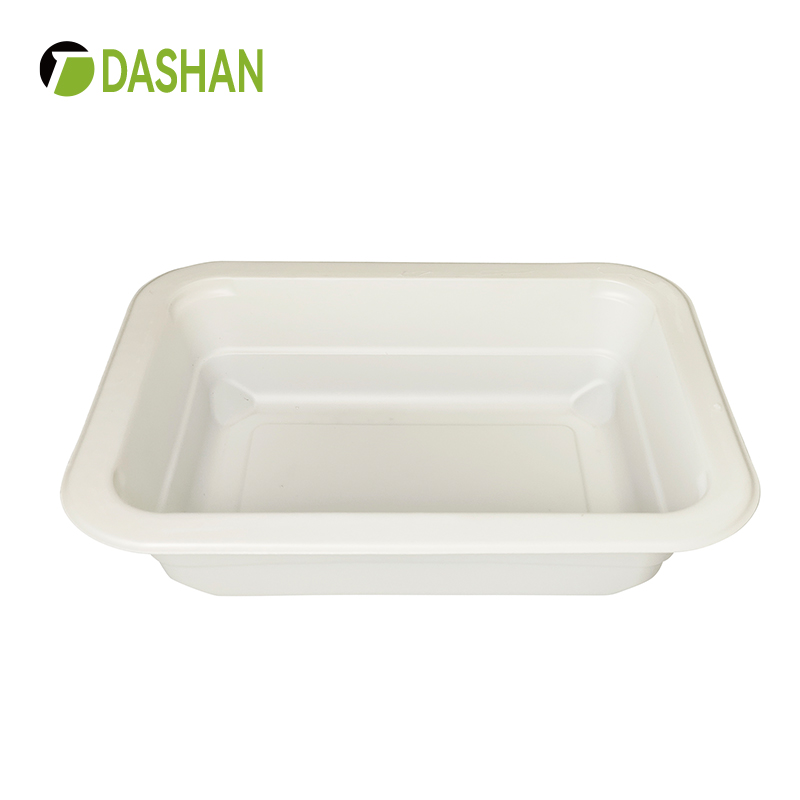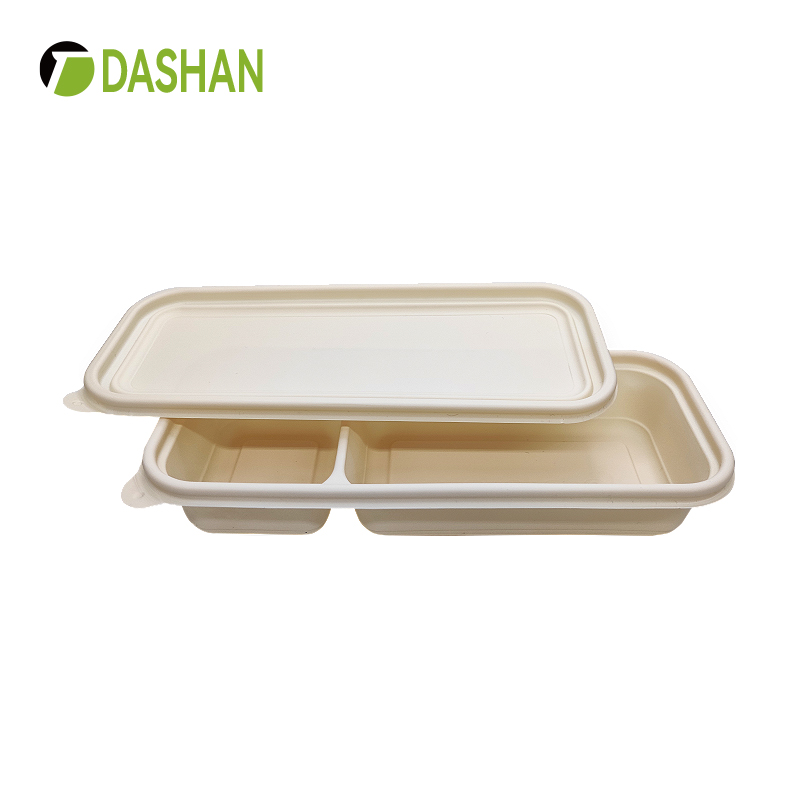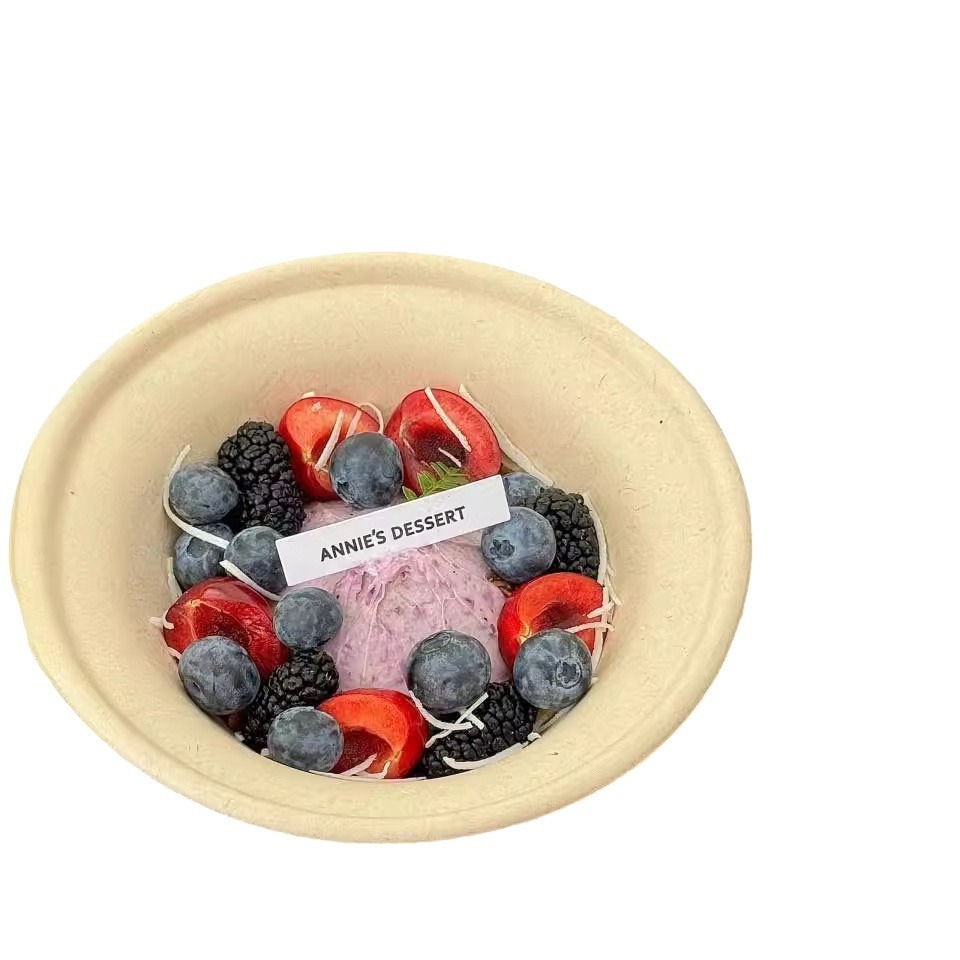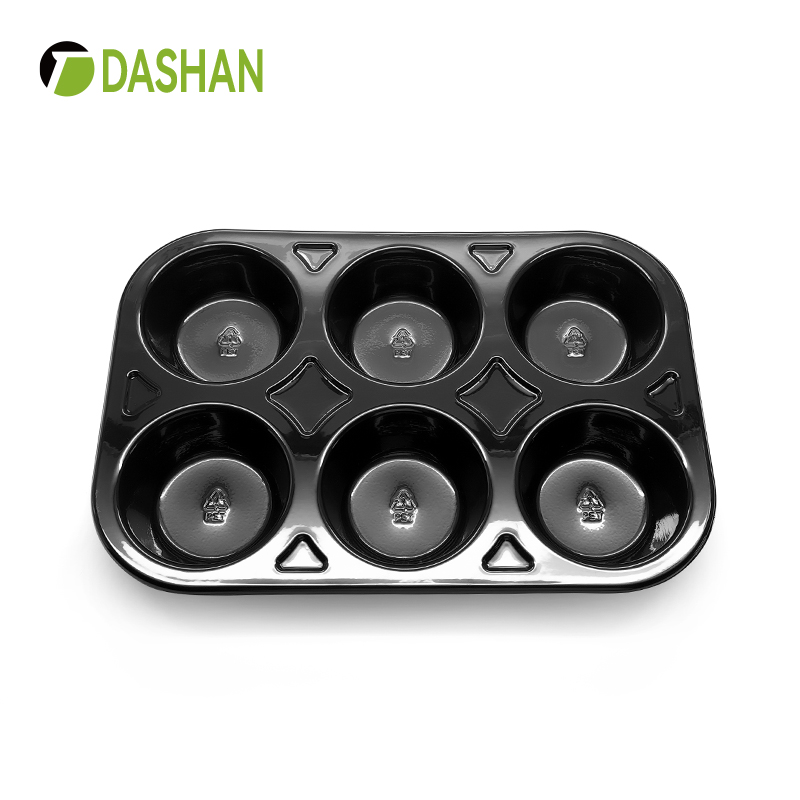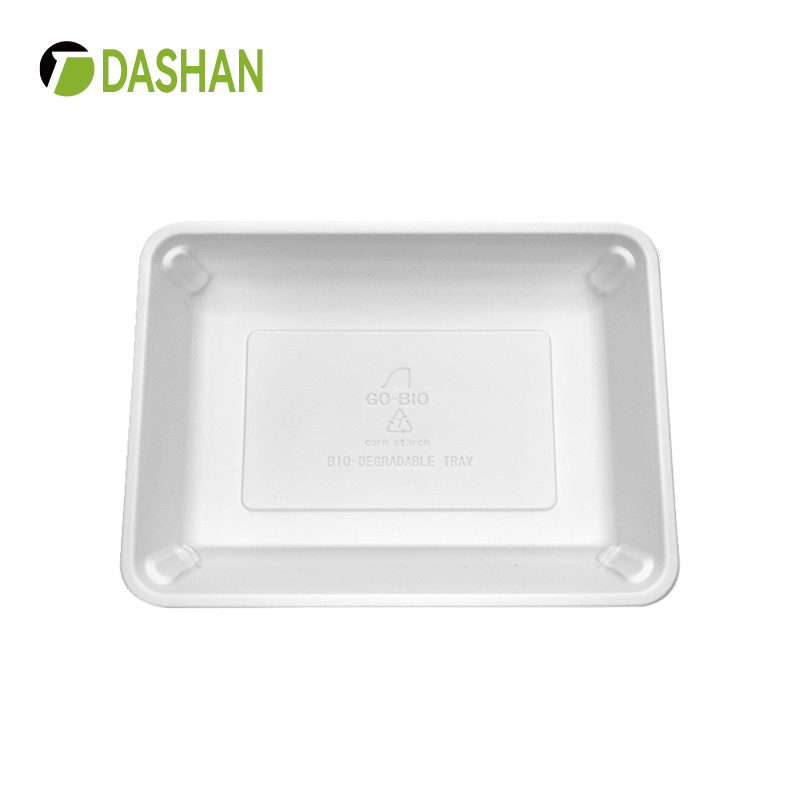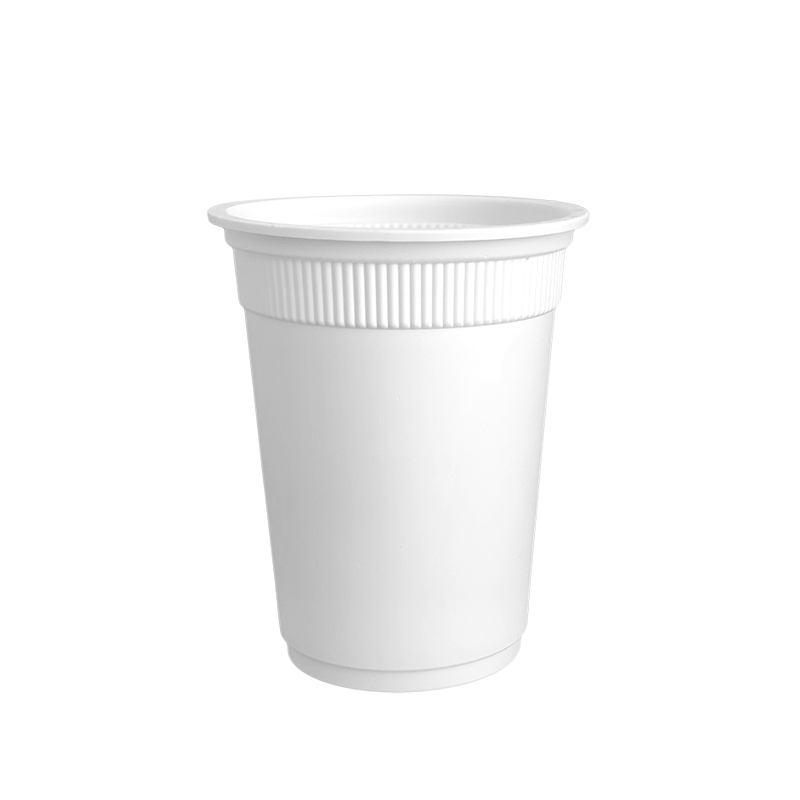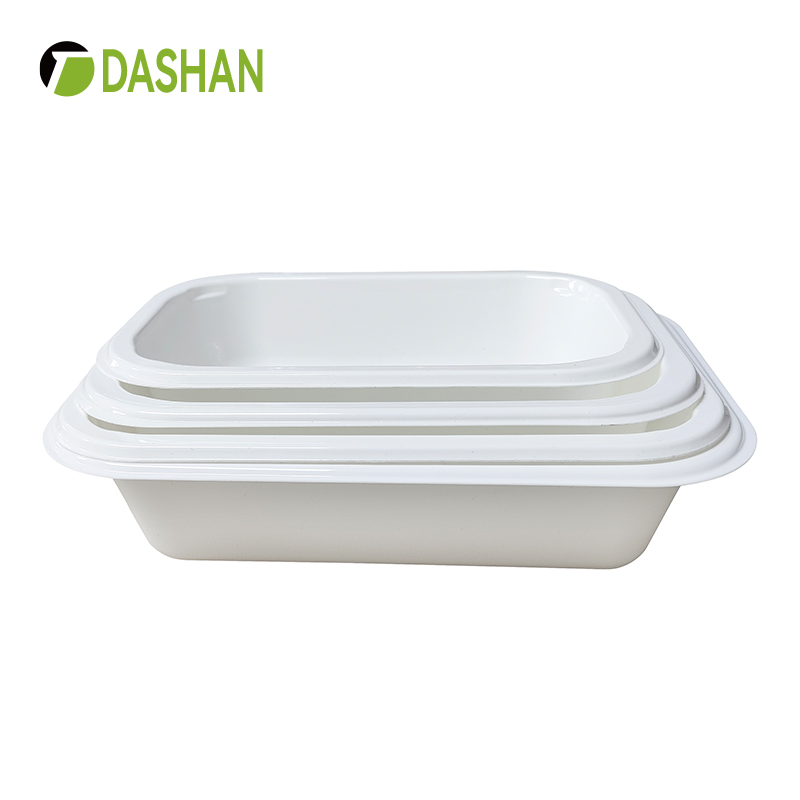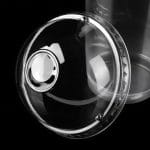In an era where environmental sustainability has become a global imperative, the food industry is undergoing a significant transformation to reduce its ecological footprint. One notable innovation in this endeavor is the adoption of biodegradable food trays. These eco-friendly alternatives to traditional food packaging are revolutionizing the way we dine while addressing pressing concerns related to plastic pollution and waste management.
The Environmental Challenge
Plastic pollution has emerged as a grave environmental concern over recent decades. Single-use plastics, including food containers and packaging, have contributed significantly to this crisis. These plastics, often discarded after just one use, find their way into landfills, water bodies, and natural habitats, posing serious threats to wildlife and ecosystems.
The alarming growth of plastic waste has forced industries and consumers alike to reevaluate their choices. The food industry, in particular, has been scrutinized for its excessive use of plastic packaging. As a response to this environmental challenge, biodegradable food trays have emerged as a promising alternative.
The Biodegradable Advantage
Biodegradable food trays are designed to break down naturally over time, returning to the earth without leaving harmful residues. These trays are typically made from renewable and sustainable materials, such as cornstarch, sugarcane, bamboo, or palm leaves. As a result, they have gained popularity for several compelling reasons:
1. Reduced Plastic Dependency
Biodegradable food trays are a sustainable alternative to conventional plastic trays. By using materials derived from renewable sources, they minimize the reliance on fossil fuels and reduce the carbon footprint associated with plastic production.
2. Biodegradability
The defining feature of these trays is their ability to biodegrade. When disposed of properly, they decompose naturally, leaving behind no lasting harm to the environment. This contrasts sharply with traditional plastics, which can persist for hundreds of years.
3. Reduced Landfill Impact
Biodegradable food trays divert waste away from landfills, where plastic waste often accumulates for centuries. By reducing the burden on landfills, these trays contribute to more sustainable waste management practices.
4. Versatility
Biodegradable food trays are available in a variety of shapes and sizes, making them suitable for various culinary purposes. Whether for serving fast food, catering, or takeout, these trays offer versatility without compromising on sustainability.
5. Consumer Preference
Eco-conscious consumers are increasingly favoring businesses that prioritize sustainable practices. Offering food in biodegradable trays can enhance a company’s reputation and attract environmentally aware customers.
Biodegradable Tray Materials
Several eco-friendly materials are used in the production of biodegradable food trays, each with its unique attributes:
1. Cornstarch
Trays made from cornstarch are sturdy and durable. They are heat-resistant and can be used for hot and cold foods, making them a popular choice for a wide range of dishes.
2. Sugarcane
Sugarcane-based trays are lightweight and compostable. They are ideal for eco-conscious consumers who seek packaging that can be disposed of responsibly.
3. Bamboo
Bamboo trays offer an elegant and natural aesthetic. They are known for their strength and are often used for serving sushi, appetizers, and other culinary delights.
4. Palm Leaves
Palm leaf trays are crafted from fallen palm leaves, making them both sustainable and biodegradable. They are a unique and rustic choice for eco-friendly dining.

The Role of Businesses
Businesses within the food industry have a significant role to play in driving the adoption of biodegradable food trays. Here are some key considerations for businesses looking to make the transition:
1. Sourcing Responsible Materials
Select suppliers that provide biodegradable tray options made from sustainable and renewable materials. Ensure that these materials meet quality and safety standards.
2. Educating Consumers
Inform customers about the environmental benefits of biodegradable food trays. Transparency about your sustainability efforts can build trust and loyalty among eco-conscious consumers.
3. Implementing Recycling Programs
Consider implementing recycling programs that allow customers to return used biodegradable trays for proper disposal. Promote responsible disposal practices to reduce litter and contamination.
4. Collaborating with Sustainability Certifications
Seek certifications from recognized sustainability organizations to validate your commitment to eco-friendly practices. These certifications can boost your brand’s credibility.
5. Marketing Sustainability
Incorporate your sustainability initiatives into your marketing campaigns. Highlight your use of biodegradable trays as a unique selling point that appeals to environmentally conscious consumers.
Challenges and Considerations
While the rise of biodegradable food trays is promising, several challenges and considerations must be addressed:
1. Costs
Biodegradable materials can be more expensive than traditional plastics, which may impact the pricing of food products. However, as demand grows, economies of scale can help reduce costs.
2. Infrastructure
Effective waste management and composting infrastructure are essential for the proper disposal of biodegradable trays. Communities need the means to collect and process these materials.
3. Consumer Behavior
Educating consumers about the importance of correctly disposing of biodegradable trays is crucial. Without proper disposal, the environmental benefits are diminished.
4. Product Performance
Biodegradable trays must meet the functional requirements of the food industry. They should be able to withstand various temperatures and handling conditions.
The Future of Biodegradable Food Trays
The adoption of biodegradable food trays is not merely a trend; it’s a significant stride toward a more sustainable future. As technology and research in materials science advance, we can expect even more innovations in eco-friendly packaging solutions. Here’s a glimpse into the future possibilities:
1. Advanced Materials
Researchers are continually exploring new materials that combine strength, durability, and biodegradability. These innovations could lead to even more versatile and eco-friendly packaging options.
2. Improved Cost Efficiency
As demand for biodegradable materials increases, economies of scale are likely to drive down production costs. This reduction in costs may make biodegradable food trays more accessible to a broader range of businesses and consumers.
3. Enhanced Recycling Infrastructure
Efforts to improve waste management and composting infrastructure will likely continue to grow. Communities may develop better systems for collecting and processing biodegradable materials, further reducing their environmental impact.
4. Customization and Branding
Food businesses may explore ways to customize biodegradable food trays with branding and messaging that align with their sustainability values. This can create a more cohesive and appealing dining experience for customers.
5. Global Adoption
The adoption of biodegradable food trays is likely to become more widespread on a global scale. International regulations and agreements aimed at reducing plastic waste may accelerate this transition.
6. Consumer Education
Efforts to educate consumers about the environmental benefits of biodegradable packaging will continue to play a pivotal role. As consumers become more aware of their choices’ impact, they are likely to make more eco-conscious decisions.
Conclusion
The rise of biodegradable food trays represents a significant step forward in the journey toward more sustainable dining practices. These trays offer a practical solution to the environmental challenges posed by single-use plastics, providing a bridge between convenience and eco-consciousness.
Businesses and consumers alike have a vital role to play in the adoption of biodegradable food trays. By choosing these trays and promoting responsible use and disposal, we can contribute to a healthier planet and a more sustainable future for the food industry.
As we continue to explore innovative ways to reduce our environmental impact, the rise of biodegradable food trays is a clear example of how conscious choices can lead to a more sustainable and eco-friendly dining experience.
Related Products


